There’s something about Japan.
You can’t quite put your finger on it, but when you experience it, it changes you. It stays with you and you want to live it — and relive it again. It’s that moment you find something good worth preserving, or something surreal telling you the world is bigger and better than you previously imagined. It’s that feeling when you know you are in the right place for the right reason, and your own presence completes the picture. It’s realizing centuries of order and design brought about an experience before you were ever aware it existed; after encountering it, you can’t imagine a world without it.
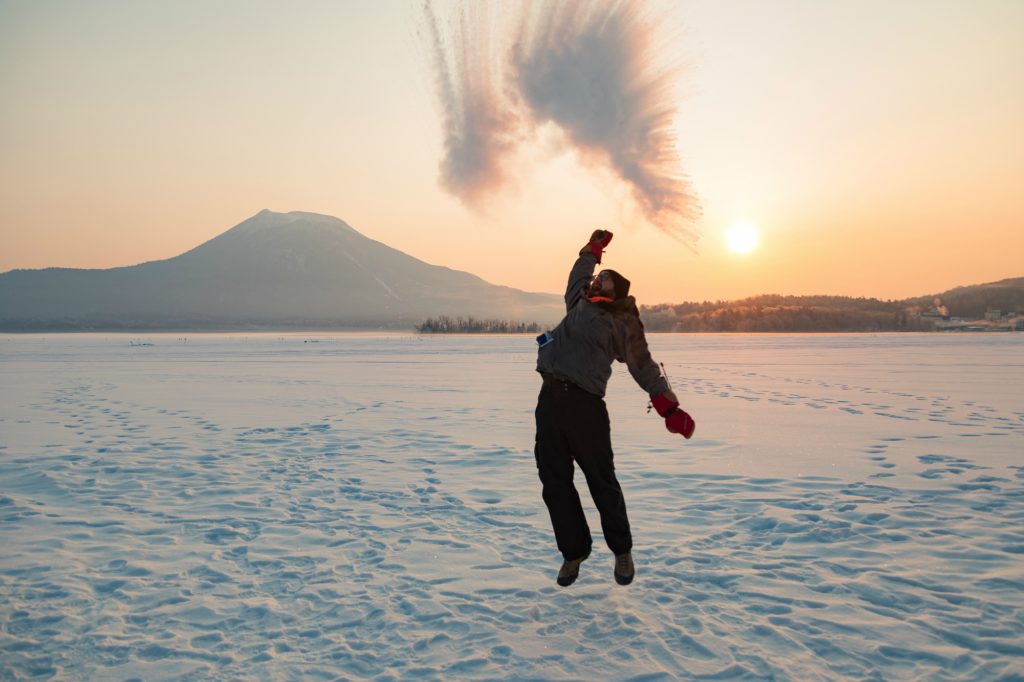
And, when you encounter it, you’re conflicted, because you want to keep it a secret and you want to tell the world about it. You fear that, by sharing it, you will change it and it will lose its charm, its purity, its simplicity. Yet, you know the world would be a better place if people could experience it just as you have. Adventurers face this conundrum to some degree in most destinations, but in Japan, that sense of something is pervasive — in the people, the traditions, the landscape, and the memories they create.
During AdventureWeek Japan, 22 of us from around the globe experienced that something together. Hosted by the Hokkaido Ministry of Economy, Trade, and Industry (METI) to expose and develop the adventure travel industry on this island located in northern Japan, AdventureWeek Japan brought together tour operators and travel media, most of whom were visiting the country for the first time. Produced by the Adventure Travel Trade Association (ATTA), AdventureWeek Japan was made possible by METI and JTB Hokkaido, both of which played an active role in organizing the nine-day itinerary highlighting the area’s winter activities and connecting participants with local operators showcasing what this corner of the adventure travel world has to offer.
Filmed during AdventureWeek by the ATTA Storytelling Team, this video captures the raw winter paradise of Hokkaido, Japan.
I had the enviable task of both working with a team to organize the itinerary and helping to lead AdventureWEEK Japan from the ATTA side. A successful AdventureWEEK for everyone involved includes special experiences with local culture and food, exposure to nature and meaningful adventures, and the chance for participants to develop connections with local partner companies for future professional partnerships. In Japan, these opportunities came wrapped in that special something.
Wildlife
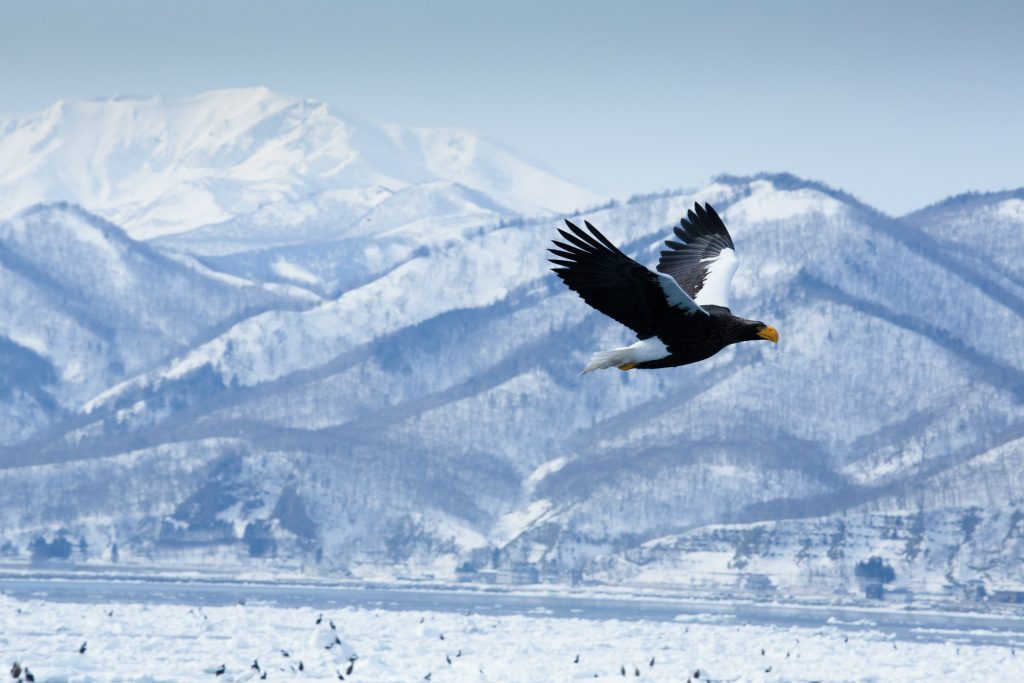
Arriving in Hokkaido, we knew we’d stumbled into something unlike the highly refined, advanced Japan depicted in photos. The island’s mountains, forests, waterfalls, and crashing waves feel remote and untouched. Japan — home of anime and Pokémon, high-speed trains and hoverboards — is also a thriving brown bear habitat, and Hokkaido’s Shiretoko National Park and Reserve is home to the highest concentration of brown bears in the world. Any assumptions about Japan shattered as we walked among forests where the dormant beasts hid, inspecting signs of their presence on deeply scarred birch.
Onsen
According to a traditional Japanese saying, “while soaking in an onsen one does not only bathe the body, but bathes the soul as well.” Or, as ATTA member, photographer, and author of The Way of the Japanese Bath, Mark Edward Harris, put it, “both the mind and body are involved.”
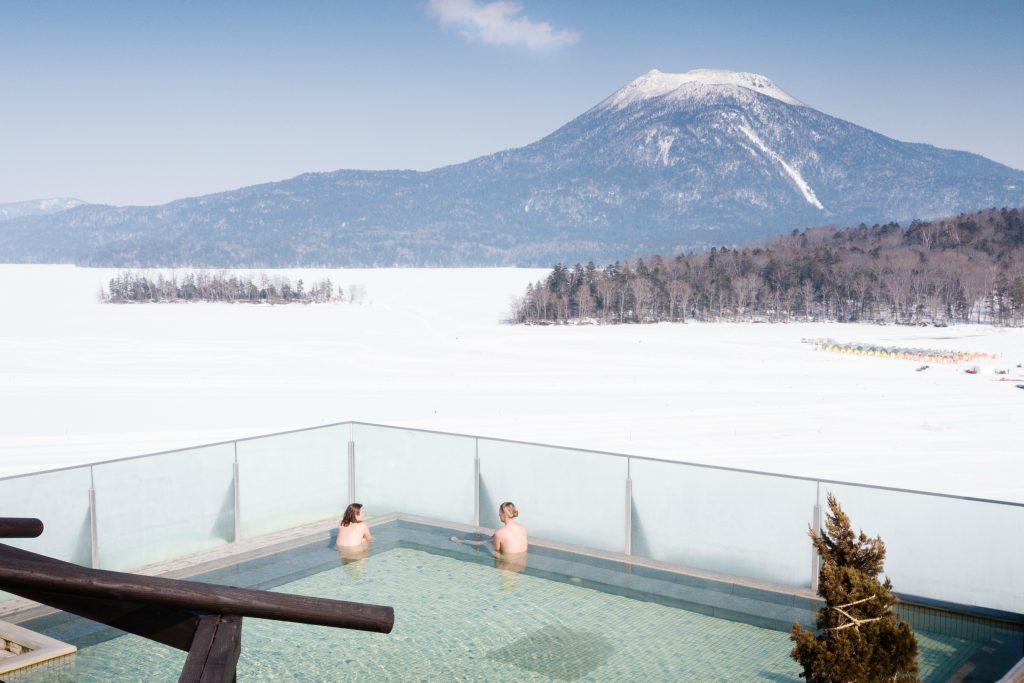
AdventureWEEK participants didn’t take long to appreciate the centuries-old practices of soaking in mineral-rich geothermal springs renowned for healing the body and giving a youthful glow to the skin. After snowshoeing over a frozen lake or trekking on Hokkaido’s drift ice in sub-zero temperatures, a soak in a 40℃ onsen is truly something. Bathing in a (gender-separated) public bath sans bathing suit was a first for most people, and although it was a wee bit intimidating for some, the immediate and relaxing benefits of the practice won us over en masse when we took advantage at nearly every stop on our itinerary.
Ramen
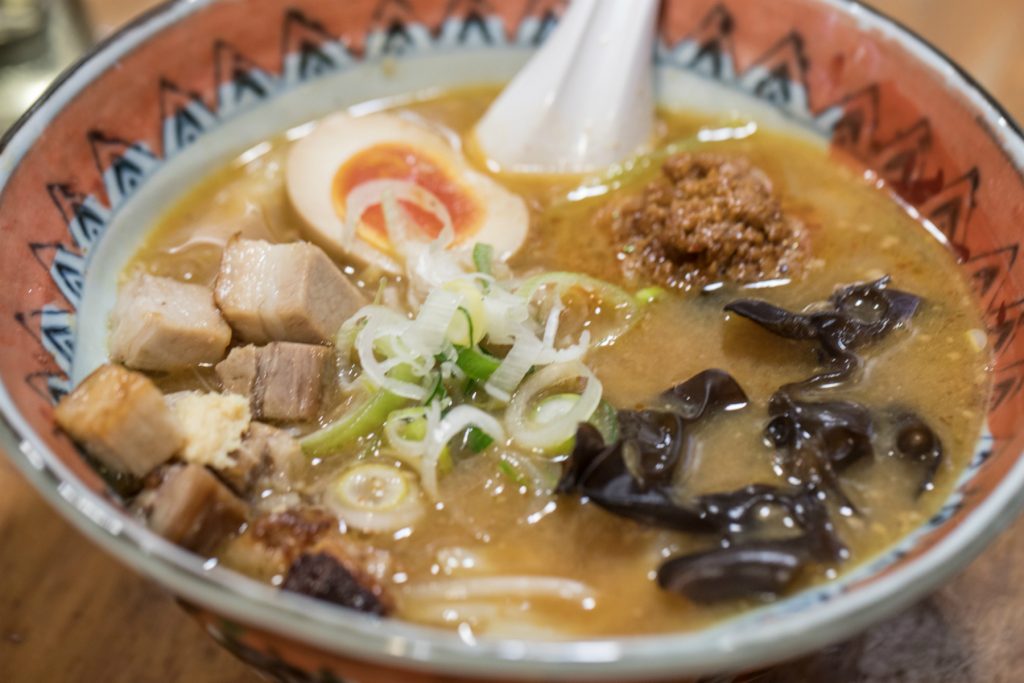
Sapporo, Hokkaido’s capital city, is known for its dedicated ramen restaurants where broth may be prepared for more than 10 hours to reach the perfect consistency. With rich and sophisticated flavors, it’s common to see eager patrons lined up outside the most famous ramen houses, braving wind and snow, waiting patiently for their turn at the counter inside. There’s something about a ramen artist’s patience and the sophisticated flavor that is deeply satisfying to the soul, even on a full stomach!
Drift Ice
Ice is ice, except when it’s something more. Ice formed in mainland Asia’s rivers is blown hundreds of miles to the shores of the Shiretoko Peninsula, collecting into a moonscape of wonder and providing nutrients that give life to the area’s abundant wildlife.
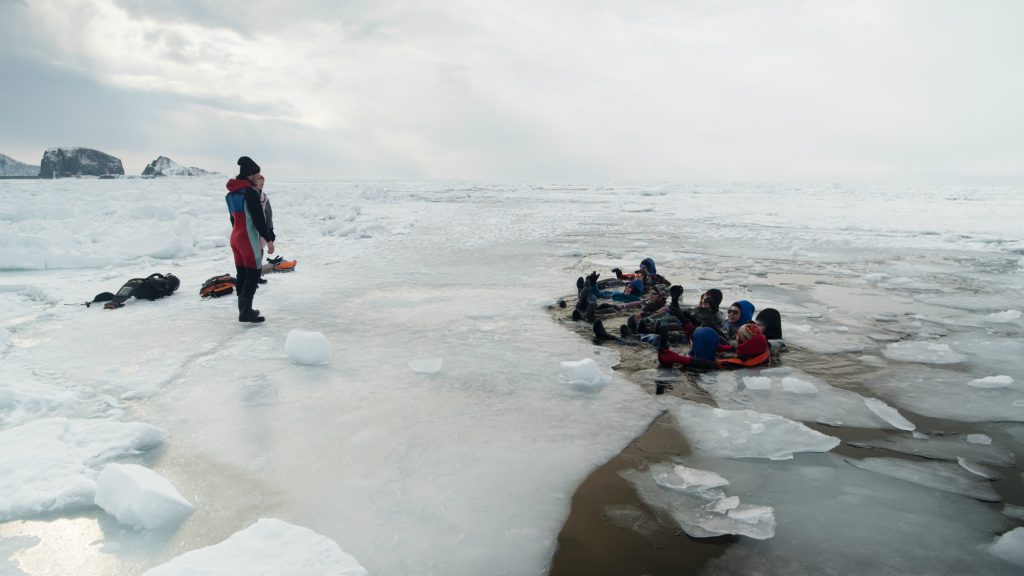
I never knew drift ice walking was a thing, let alone an adventure activity that would be a highlight of my Japan experience. Dressed warmly in thick drysuits, guides led us onto the floating white blocks, at first careful but, with time, confident. At a dedicated spot of open water we slid like seals into the sea and floated along with the well-traveled ice, strangely overjoyed at the sensation of being protected from the cold and gripped warmly by the pressure of the icy water.
Skiing
It wouldn’t be a snow-covered adventure to Hokkaido without skiing at Kiroro Resort, a mountain ideal for all abilities and a local favorite, just 90 minutes outside of Sapporo. On a Sunday afternoon, when a North American mountain might be crowded, the slopes were wide open and lift lines were only a few people deep — something I wasn’t used to experiencing. As my more advanced colleagues hit the generous off-piste areas of the mountain, I spent the day snowboarding a powdery pitch with no one else in sight amidst snow-draped birches under endless blue skies.
Hospitality
The gentleman holding the gate long enough for us to pass through. The pottery instructor who carefully held my thumb until the seam of clay was smoothed out. Every interaction we encountered during AdventureWeek was an exercise in reverence, digity, honor, and purpose. The day-to-day connections with our Japanese adventure guides and interpreters reinforced the cultural value of genuine and caring hospitality.
“Travel is about many things, and Hokkaido has them all: culture, stunning country, plenty to do, and amazing food,” said Sue Fitcher of Getaway Trekking in Australia, referring to her interpretation of the something. “What it's mainly about, though, is the people you meet. As guests of JTB, we were taken care of by gentle, welcoming, and courteous hosts, for whom nothing was too much trouble.”
Tradition
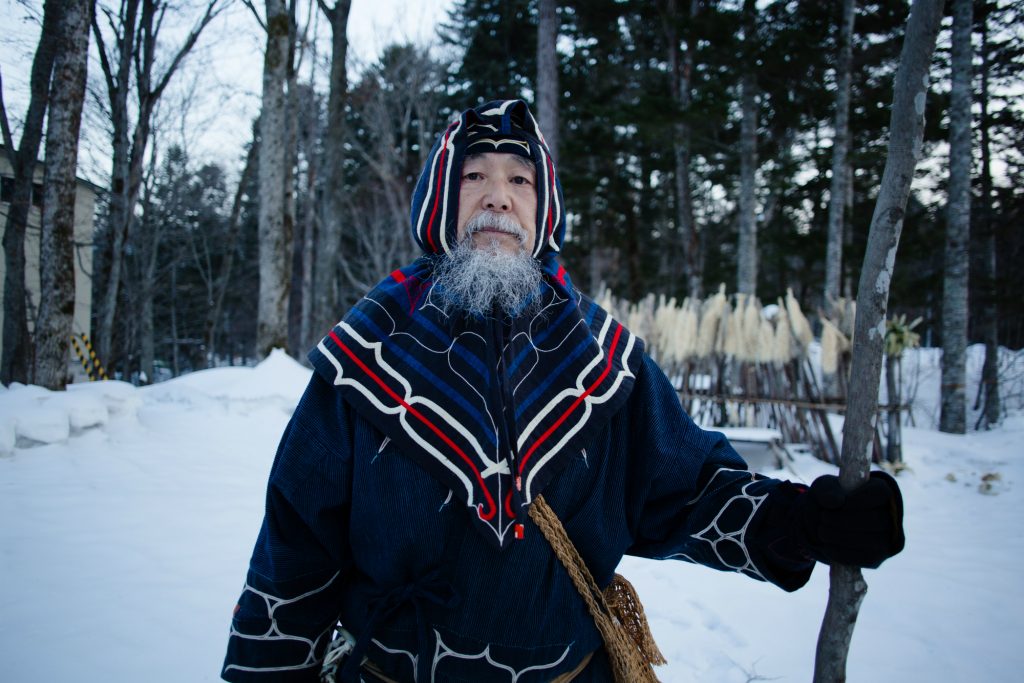
Japan is steeped in traditions that run like clockwork and give structure to life. Life feels orderly, not in a sterile, imposed way, but in a warm and safe way. There’s something comfortable about adopting these traditions because they are refined and honed, polished over time and proven worthy. “It wasn't only the untapped wilderness and stunning landscapes in Hokkaido that blew me away,” said Kathleen Rellihan, a freelance journalist from New York. “The people and the unique culture in this part of Japan made every moment unforgettable.”
Marketplace
One of the most popular parts of any AdventureWeek is the Marketplace, where participants can connect with local operators to continue building professional relationships for media exposure and business development. Coming off a transformative week where they’ve been able to experience the region’s adventure travel assets, participants are ready to engage in more meaningful meetings, eager to find ways to share that something with others. The focused and tailored Marketplace is fruitful for buyers, suppliers, and media participants.
“These short meetings have been the springboard for a number of positive relationships continued in emails, video calls, and even trips after the event itself,” said Peta Ohata, who runs Travel Hokkaido with her husband, Shunsuke. “It’s in these relationships that the really exciting work and vibrancy has begun. The dreaming, planning, creating, and working in collaboration with people who share your vision and values from the other side of the world. I hope we’ll see a variety of new tours and Hokkaido travel packages launched from these new partnerships — there’s a lot in the pipeline.”
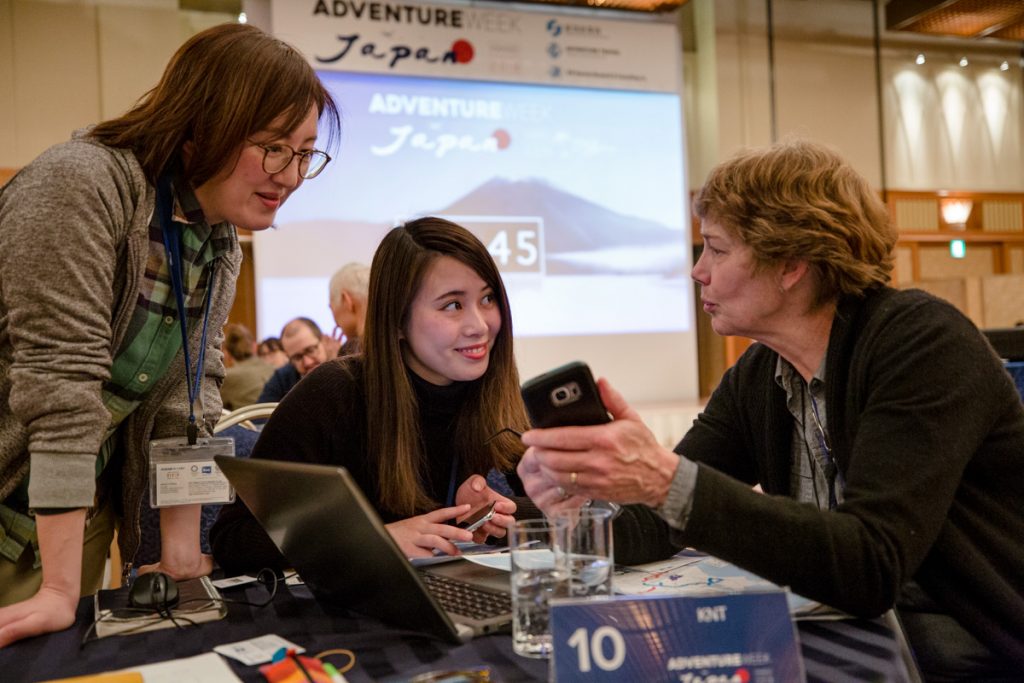
The ATTA emphasizes placing value over volume to ensure that special something is enjoyed forever. Hokkaido government stakeholders are keenly aware of the need to care for their resources and share them just enough to benefit the local people and land without trampling on the treasure. “During AdventureWEEK we were challenged by the ATTA ethos of creating a sustainable travel economy. We considered deeply how to convey ‘the real life of Hokkaido’ to our international guests. We learned that it is a difficult thing to promote what we love about Hokkaido without ruining it,” said Masato Okazaki, an assistant manager of METI. “Also, we became stronger by networking with the international delegates and learning together with them. The local stakeholders in tourism learned how to better cooperate and support one another. It was a great harvest for us.”
Community
The ATTA is a travel community that draws together good people — people who care about what they do and the impact, or in the case of the environment, the lack of impact they have. They peer into the depths of a place and show concern for the people around them. They generously share what they know: travel tips, writing advice, a karaoke performance, a bowl of ramen at midnight.
AdventureWeek Japan attracted these people, and that something they brought to the group made it that much more memorable. “It was amazing to have the chance to travel together with operators and media,” said Jessica Roberts of Seattle-based Zeghram Expeditions. “We all experience travel differently, and having a chance to communicate and share our thoughts brought more ideas and points of view to life about what we experienced together.”
Maybe the something can be captured in words, analyzed, or described. Maybe you have to experience it to really understand it. And, maybe it can’t be truly understood. “If I was asked to describe the trip in one word I would say ‘sublime,’” said Crai Bower, an internationally published freelance journalist hailing from Seattle.
That seems like a good start: Sublime. Maybe, just maybe, that’s getting close.
No Awkward Moments
I arose before the sun and stumbled into the lobby to see some of the AdventureWeek participants off to the airport for an early flight out of Sapporo. Our Japanese hosts could have slept in, and perhaps should have done so. From a Western perspective, it would have been entirely reasonable.
But, no, not here. Not in this land where every guest is treasured and every moment together is cherished. There they were, waiting in the lobby to make sure everyone had their coffee and breakfast boxes and that the luggage was loaded securely on the bus. As the vehicle headed down the long driveway, I stood with our hosts, who stood six abreast, waving in silence.
Only the back of the bus was visible, and there was no way the passengers could see us standing on the walkway. I suggested they could rest their arms and go inside. “No,” one of the hosts said. “We can still see the bus, and we wouldn’t want there to be any awkward moments.”
No awkward moments? There it is again, I thought, that something. How refreshing.
